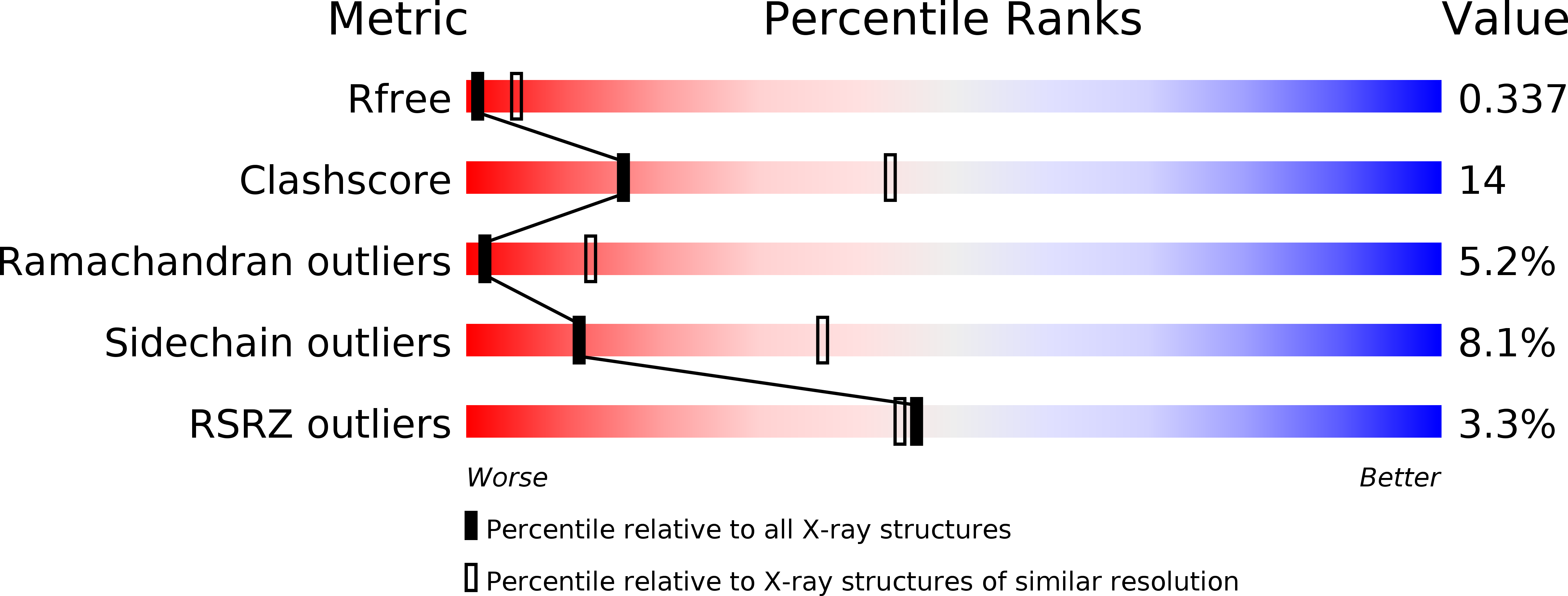
Deposition Date
2012-11-15
Release Date
2013-06-26
Last Version Date
2024-11-06
Entry Detail
PDB ID:
4HZH
Keywords:
Title:
Structure of recombinant Gla-domainless prothrombin mutant S525A
Biological Source:
Source Organism:
Homo sapiens (Taxon ID: 9606)
Host Organism:
Method Details:
Experimental Method:
Resolution:
3.30 Å
R-Value Free:
0.32
R-Value Work:
0.29
R-Value Observed:
0.29
Space Group:
P 21 21 21


